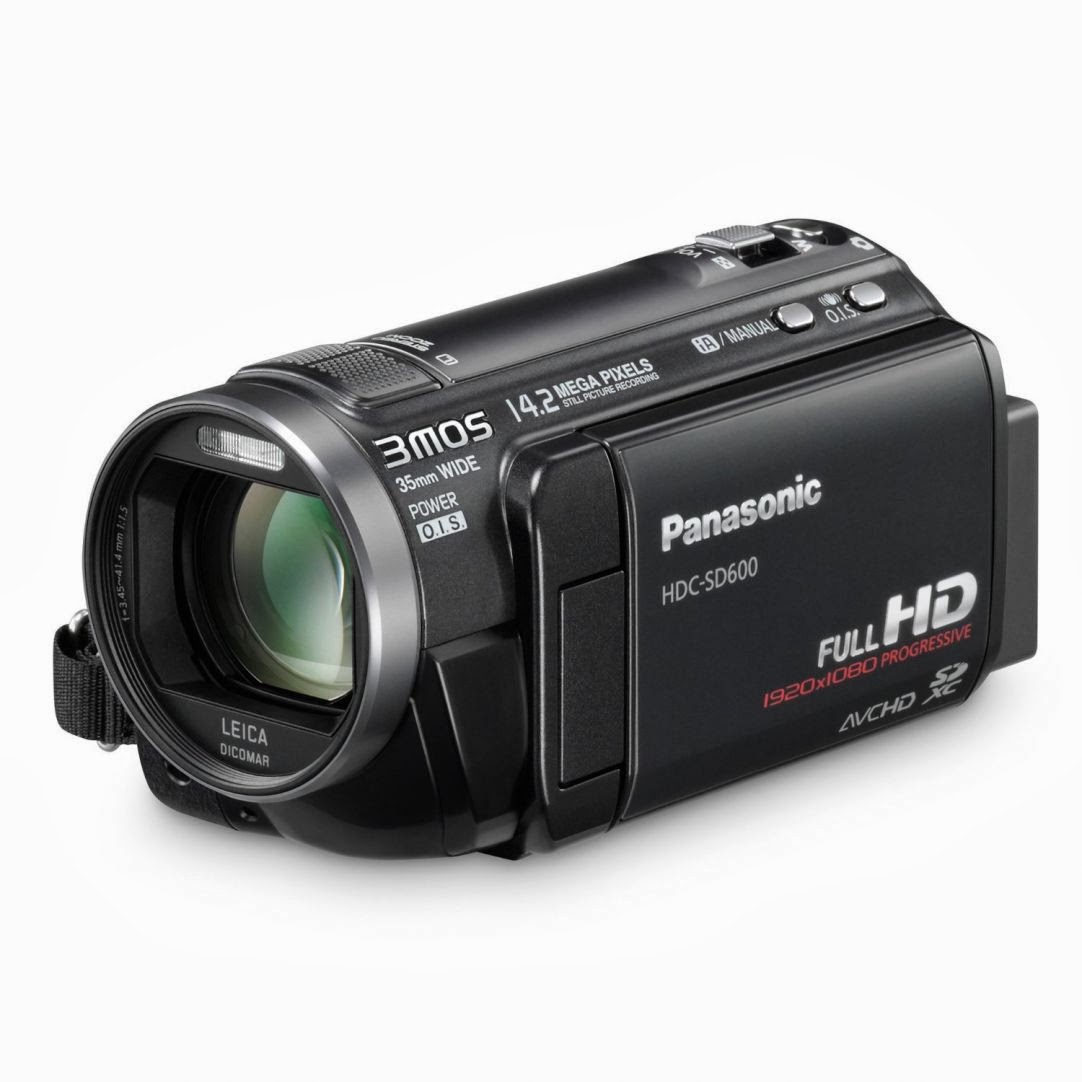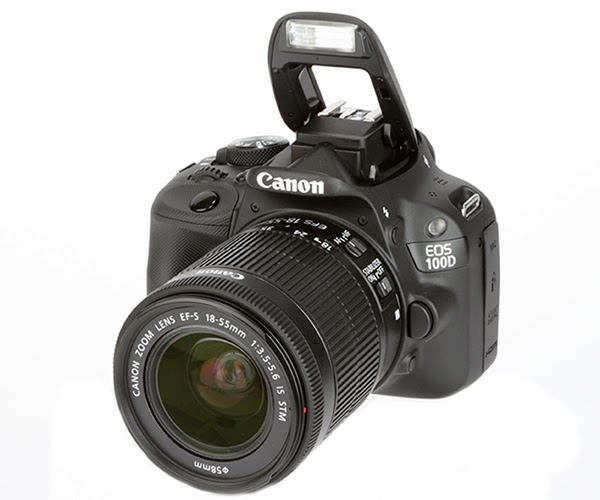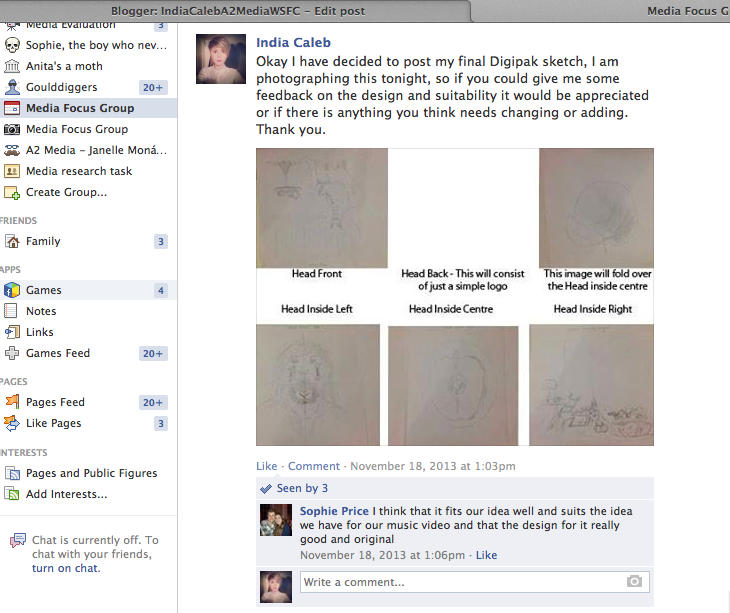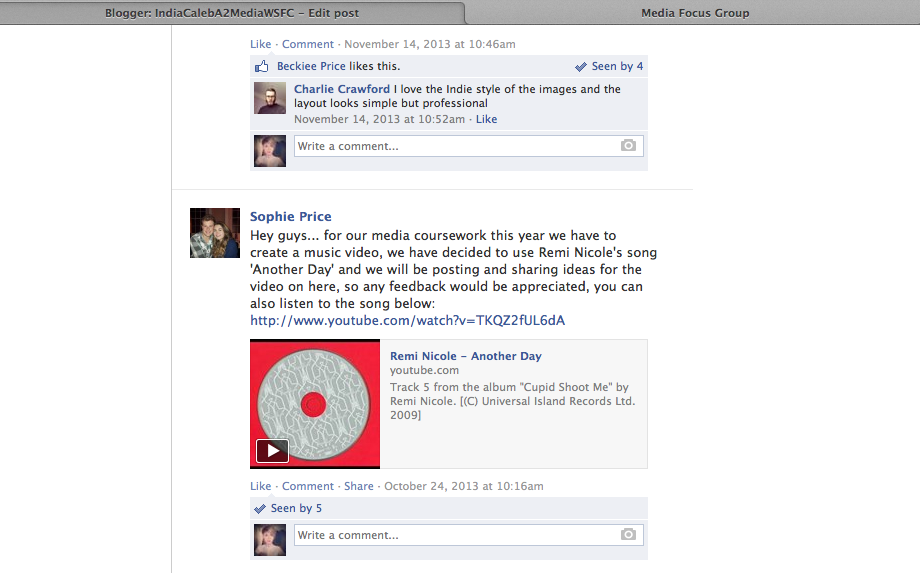How did you use media technologies in the contribution and research, planning and evaluation stages?
The use of
media technology was important throughout my research, planning, construction
and also my evaluation.
When
researching and planning at the beginning of the course, I used sites like
YouTube to find examples of other bands of the 'indie pop' genre, research
target audiences and other bands music videos and album covers for inspiration.
With YouTube it enables a degree of control and choice that was not there
before, MTV was originally the only way to watch music videos – which didn’t
allow you to select particular music videos or from a particular genre where as
YouTube enables you specify what you want and re-watch and pause video.
 During the
Planning stages, technological convergence played a key role with media
technologies such as mobiles for texting, ringing, internet browsing,
photographs of locations and recording and note making. The fact that an Iphone
has so many formats in one area it makes is so much easier and quicker –
therefore extremely useful throughout all stages. Blogger also played a key
role throughout to show my research, planning, construction and evaluation
stages. This enabled me to embed different media formats such as, videos,
images, PowerPoints and screen shots in an organized time scale.
During the
Planning stages, technological convergence played a key role with media
technologies such as mobiles for texting, ringing, internet browsing,
photographs of locations and recording and note making. The fact that an Iphone
has so many formats in one area it makes is so much easier and quicker –
therefore extremely useful throughout all stages. Blogger also played a key
role throughout to show my research, planning, construction and evaluation
stages. This enabled me to embed different media formats such as, videos,
images, PowerPoints and screen shots in an organized time scale.  During
construction, when filming I used a Panasonic Full HD 1080i video camera and
edited my work on Adobe Premier Pro, I find Premier Pro relatively easy to use,
with the editing tools, titles and effects it helped me create a professional
looking video. Different effects such as ‘Ghosting’, adjusting the ‘opacity’ of
shots allowing you to merge more than one shot together and the use of
transitions such as, ‘Cross Dissolves’ between shots all shaped my production
work (technological determinism). Although I controlled these specific tools to
do what I wanted, without the likes of these tools to begin with, I wouldn’t
have been able to be as creative
During
construction, when filming I used a Panasonic Full HD 1080i video camera and
edited my work on Adobe Premier Pro, I find Premier Pro relatively easy to use,
with the editing tools, titles and effects it helped me create a professional
looking video. Different effects such as ‘Ghosting’, adjusting the ‘opacity’ of
shots allowing you to merge more than one shot together and the use of
transitions such as, ‘Cross Dissolves’ between shots all shaped my production
work (technological determinism). Although I controlled these specific tools to
do what I wanted, without the likes of these tools to begin with, I wouldn’t
have been able to be as creative
I used my own Canon 100D DSLR camera to take the photos for my album cover, both inside and outside. It was easier for me to use my own DSLR camera as i understand fully where all the adjustments are such as, zoom, shutter speed, flash on/off and the portrait setting – this as very important especially when creating a shallow depth of field, the importance of my own camera meant as I took the camera to many different locations, I was able to do this efficiently knowing where everything was and it being of high quality. To edit my album cover and magazine advert I used Adobe Photoshop CS6, although I found this difficult to use at first, I soon got to grips with all the editing tools I needed and continued without any issues.
 Tools that were particularly useful were tools
such as, ‘Spot Healing Brush’ this was very useful for ‘beautifying’ the image,
specifically close-ups of the artist, as this was very common of ‘pop’ music
covers.
Tools that were particularly useful were tools
such as, ‘Spot Healing Brush’ this was very useful for ‘beautifying’ the image,
specifically close-ups of the artist, as this was very common of ‘pop’ music
covers.
The 'Magnetic Lasso Tool' allows you to crop out certain areas or features of an image and then this can enable you to either keep this area in colour or in black and white whilst keeping the rest of th image the opposite.
I also used YouTube a variety of times during the construction along side Photoshop – finding tutorials to do specific things with images on Photoshop, for example:
 I wanted to
wrap two images of my artist together, one of which was just a head-shot and
the other the same expect with a mask being worn. By using the Photoshop
tutorial above I was able to become more creative and create an interesting
image layered together from a simple 8 minute tutorial found on YouTube,
because I was able to stop, pause and re-wind this, I was able to create a
strong, high quality image for part of my album.
I wanted to
wrap two images of my artist together, one of which was just a head-shot and
the other the same expect with a mask being worn. By using the Photoshop
tutorial above I was able to become more creative and create an interesting
image layered together from a simple 8 minute tutorial found on YouTube,
because I was able to stop, pause and re-wind this, I was able to create a
strong, high quality image for part of my album.
When creating the main music video production piece, the editing software used was Adobe Premiere Pro, specific tools that were used here were -
We also used speed duration to speed up and reverse the speed on certain clips such as the scrabble board scene, this was due to fast nature and pace of our song and so faster clips worked better.
Colour correction - for example, we changed the brightness and contrast of some of the clips such as the beginning clips where the lighting was still too dark. We used several transitions to move the clips smoothly from one another, the main transition we used being the cross dissolve as show above in the example.
We also used speed duration to speed up and reverse the speed on certain clips such as the scrabble board scene, this was due to fast nature and pace of our song and so faster clips worked better.
Colour correction - for example, we changed the brightness and contrast of some of the clips such as the beginning clips where the lighting was still too dark. We used several transitions to move the clips smoothly from one another, the main transition we used being the cross dissolve as show above in the example.

 When my
work was finished I used Media 2.0 technologies like Facebook and YouTube, to
share my work. After posting my video on Facebook I got a lot of views from
friends and many positive comments, but none were specifically answering the
questions I'd asked. I also posted my CD cover and Magazine Advert to my
Facebook page and asked some specific questions, once again I got some positive
comments but not all were useful.
When my
work was finished I used Media 2.0 technologies like Facebook and YouTube, to
share my work. After posting my video on Facebook I got a lot of views from
friends and many positive comments, but none were specifically answering the
questions I'd asked. I also posted my CD cover and Magazine Advert to my
Facebook page and asked some specific questions, once again I got some positive
comments but not all were useful.
Although
these Media 2.0 websites are useful in receiving feedback from a range of
different people from around the world, the comments received are not always
useful. So talking face to face is the best option when trying to find out what
your target audience really thinks, I asked a couple of members of my target
audience more specific questions about my work and received much more useful
feedback.
In
Conclusion, the effects of new technologies did allow me to exceed my creativity.
Although I was able to control the technology skillfully and enable to get it
to do exactly what I wanted, without it being there in the first place, I
wouldn’t have been as creative. The big change in computer-based systems
–enabled me to experiment a lot more whereas, before you couldn’t (Three
Machine Linear Editing).


No comments:
Post a Comment